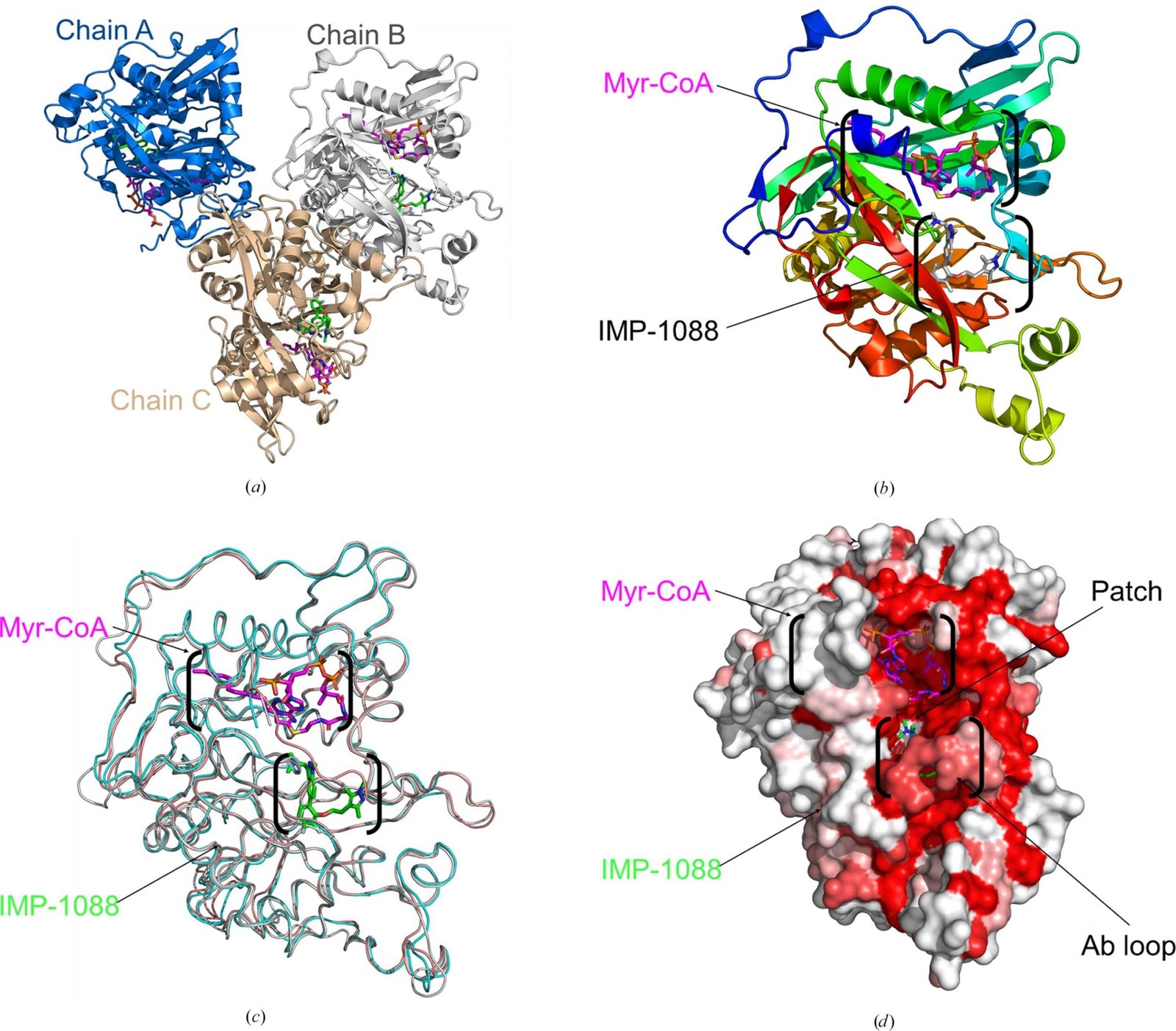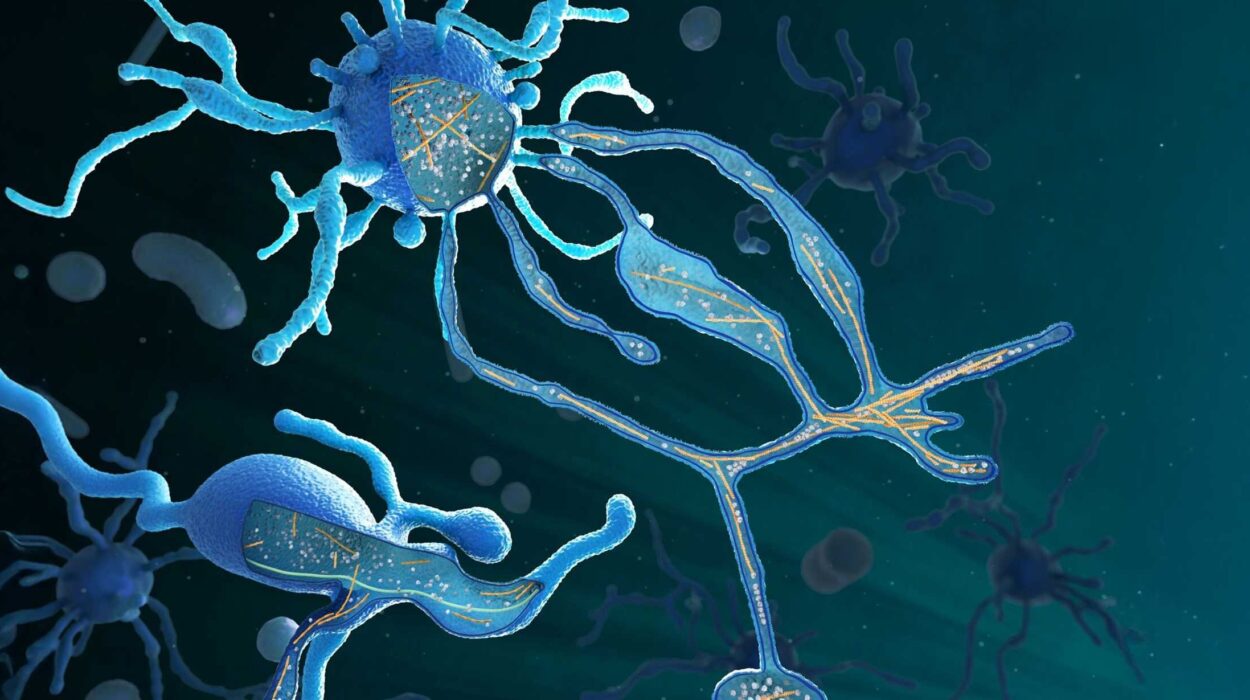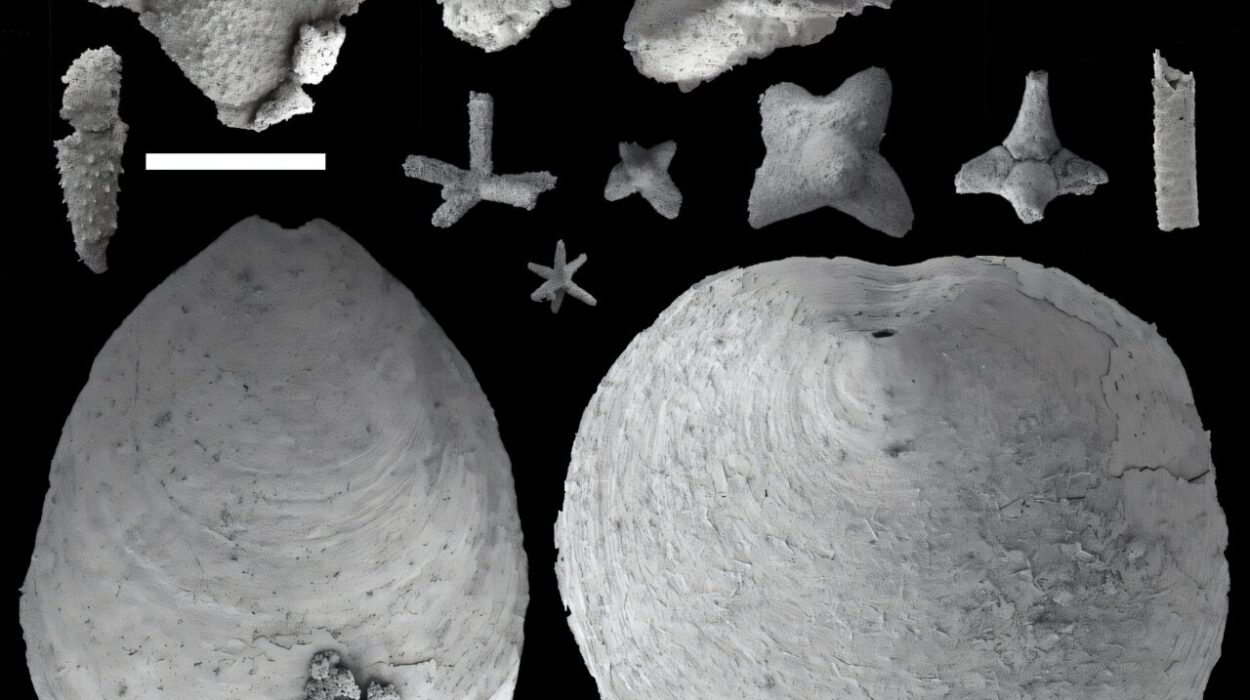The global threat of malaria, a deadly disease primarily transmitted by Anopheles mosquitoes, has persisted for centuries, causing significant morbidity and mortality worldwide. While the bulk of malaria cases occur in sub-Saharan Africa, Southeast Asia, and parts of Central and South America, researchers are now grappling with the increased risk of the disease spreading into regions once considered free of malaria, such as parts of North America and Europe. The primary driver of this alarming trend is the impact of climate change, which has expanded the habitats of the mosquitoes that carry the disease, putting many more populations at risk.
As global temperatures continue to rise, the conditions for mosquito breeding are becoming more favorable in areas that historically have had low or no malaria transmission. Dr. Oluwatoyin Asojo, an adjunct professor of biochemistry and cell biology at The Geisel School of Medicine at Dartmouth College, explains, “Warmer temperatures are helping the mosquitoes return to breeding grounds in places where we haven’t seen it since the early part of the 20th century.” This trend underscores the urgency for renewed attention on malaria, especially as malaria cases and deaths are anticipated to increase globally.
In fact, according to the latest World Malaria Report published by the World Health Organization (WHO), malaria remains a formidable global health challenge. In 2023, the report noted approximately 262 million cases of malaria worldwide, with 597,000 deaths, the vast majority of which occurred in Africa. These figures reveal a persistent and growing public health crisis. What’s more, drug resistance is increasingly complicating efforts to treat malaria, especially as many conventional therapies rely on quinine-based drugs. With the growing resistance to these treatments, there is a pressing need for new and more effective therapeutics.
The Quest for Better Malaria Treatments
In response to these challenges, an international team of scientists has turned to cutting-edge synchrotron techniques to gain critical insights into new potential treatments for malaria. A key member of this team is Dr. Asojo, who is collaborating with researchers at the Canadian Light Source (CLS) at the University of Saskatchewan. Together, they are leveraging the advanced capabilities of synchrotron technology to study compounds targeting the malaria-causing parasite Plasmodium vivax (P. vivax).
P. vivax is of particular concern because of its ability to remain dormant in the human liver for extended periods—sometimes for years or even decades—before reactivating, entering the bloodstream, and causing symptoms. This ability to lay dormant makes P. vivax uniquely challenging to treat, as conventional therapies often only target the active blood stage of the parasite’s lifecycle, leaving the dormant liver stage unaffected. Hence, tackling malaria requires therapies that can target all stages of the parasite’s lifecycle, both the active and the dormant phases.
Breakthrough Discovery: Targeting N-myristoyltransferase (NMT)
In their research, Dr. Asojo and her team made a significant breakthrough by identifying a compound, IMP-1088, which has shown promise in inhibiting a key enzyme in Plasmodium vivax, known as N-myristoyltransferase (NMT). This enzyme is essential to the parasite’s lifecycle, and it is involved in the modification of proteins that the parasite needs for its survival. Notably, NMT also exists in humans, which presents both challenges and opportunities for drug development.
The research team’s approach focused on understanding how IMP-1088 interacts with NMT in the parasite. When the compound binds with NMT, it inhibits the enzyme’s function across all stages of the parasite’s lifecycle, from the dormant liver stage to the active blood stage. This means that IMP-1088 could potentially offer a broad-spectrum therapeutic approach to attacking malaria.
“By focusing on NMT as a potential target, we have an advantage,” says Dr. Asojo. “Some NMT inhibitors have already been tested and used for different diseases, giving us a head start.” Repurposing inhibitors that have already been proven in other contexts can streamline the drug development process, making it more cost-effective and reducing the time required for clinical trials. Moreover, these inhibitors may present a safer profile, with potentially lower toxicity levels, as they are designed to interact more selectively with the parasite’s NMT without affecting the human form of the enzyme.
The team’s findings were published in the journal Acta Crystallographica Section F: Structural Biology Communications, where they outlined how the compound impacts P. vivax at the molecular level. The data generated from this research are crucial for understanding the underlying mechanisms at play and for guiding future optimization of the compound.
The Role of Synchrotron Technology in Drug Development
The use of synchrotron technology is pivotal in this research and provides a critical edge in the discovery of new malaria treatments. Synchrotrons are high-energy particle accelerators that produce intense beams of light, allowing researchers to visualize the structure of molecules at an atomic level. For a disease as complex as malaria, understanding the precise structure of proteins and enzymes is crucial for designing effective inhibitors that can interfere with the parasite’s biological functions without harming the human host.
Synchrotron-based research offers unmatched resolution and precision in structural biology, providing invaluable insights into how molecular components interact at the most fundamental levels. “Synchrotron technology provides high-quality, high-resolution data that is pivotal to understanding the structure of proteins,” Dr. Asojo notes. “Although it might not lead to quick and flashy discoveries, it is key to understanding how proteins and other biomolecules work within the human body, which ultimately guides the development of therapeutics.”
Moreover, the CLS is not only serving as a research facility but also as a platform for training the next generation of scientists. The team’s work allows students and early-career researchers to gain hands-on experience in cutting-edge techniques, equipping them with the tools and knowledge necessary to continue advancing our understanding of emerging and resurging infectious diseases.
Global Implications for Malaria Control
The implications of this research extend far beyond just treating P. vivax infections. As malaria cases continue to rise, especially in regions that are seeing the return of mosquito populations due to warming climates, there is an increasing demand for innovative approaches that can provide new weapons in the fight against the disease. With the rise of drug-resistant strains, such as those that resist chloroquine and artemisinin (current frontline treatments), having multiple therapeutic options becomes more critical than ever.
“Having a versatile arsenal of treatments will be crucial for effectively combating malaria in the future,” Dr. Asojo explains. As research progresses, the continued exploration of NMT inhibitors and other molecular targets could enable more comprehensive strategies against both Plasmodium vivax and other malaria-causing parasites, such as Plasmodium falciparum, which is responsible for the majority of severe malaria cases.
Additionally, this research highlights the intersection of climate change and public health, as scientists continue to anticipate the spread of vector-borne diseases into new regions as a result of shifting environmental conditions. The challenge is twofold: not only must new treatments be developed to address emerging drug resistance, but global health efforts must also adapt to an evolving landscape where diseases like malaria are no longer confined to their traditional geographic bounds.
Conclusion
The fight against malaria is far from over, and the threat of its expansion due to climate change only amplifies the urgency to find new solutions. Through innovative approaches like targeting the NMT enzyme with compounds such as IMP-1088, researchers are making significant strides in developing more effective therapies. However, these breakthroughs would not be possible without the high-resolution insights provided by synchrotron technologies, which offer an unmatched ability to study the molecular intricacies of malaria parasites.
Dr. Asojo and her team’s work stands as a testament to the power of collaborative, interdisciplinary research. It brings together biochemistry, structural biology, and public health to create new potential weapons in the battle against one of the world’s deadliest diseases. As these promising therapies move forward, and as researchers continue to monitor the shifting landscapes of vector-borne diseases, there is hope that the fight against malaria will become more effective, ultimately leading to its eradication.
Reference: Alex Mendez et al, Structure of Plasmodium vivax N-myristoyltransferase with inhibitor IMP-1088: exploring an NMT inhibitor for antimalarial therapy, Acta Crystallographica Section F Structural Biology Communications (2024). DOI: 10.1107/S2053230X24011348






